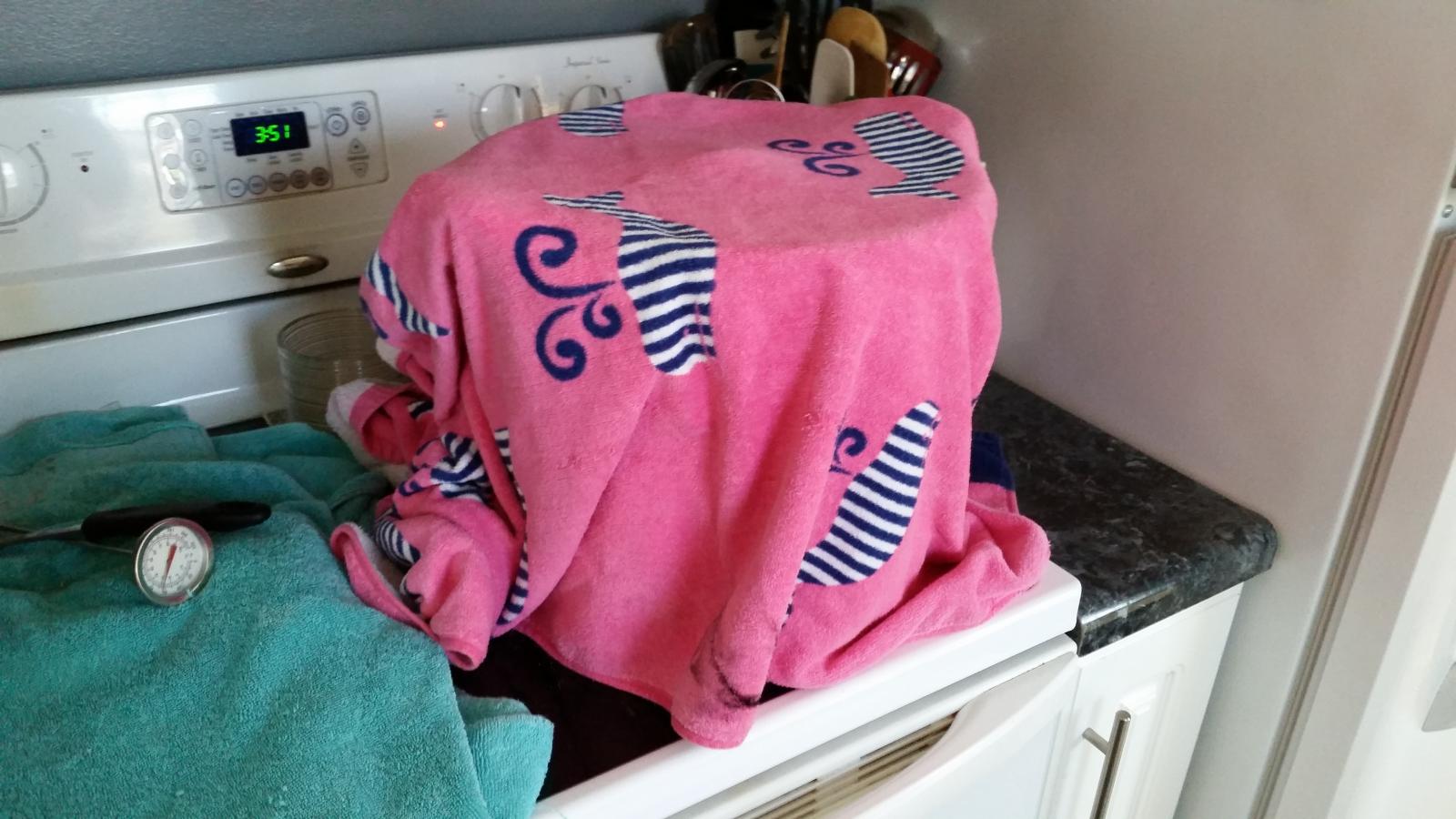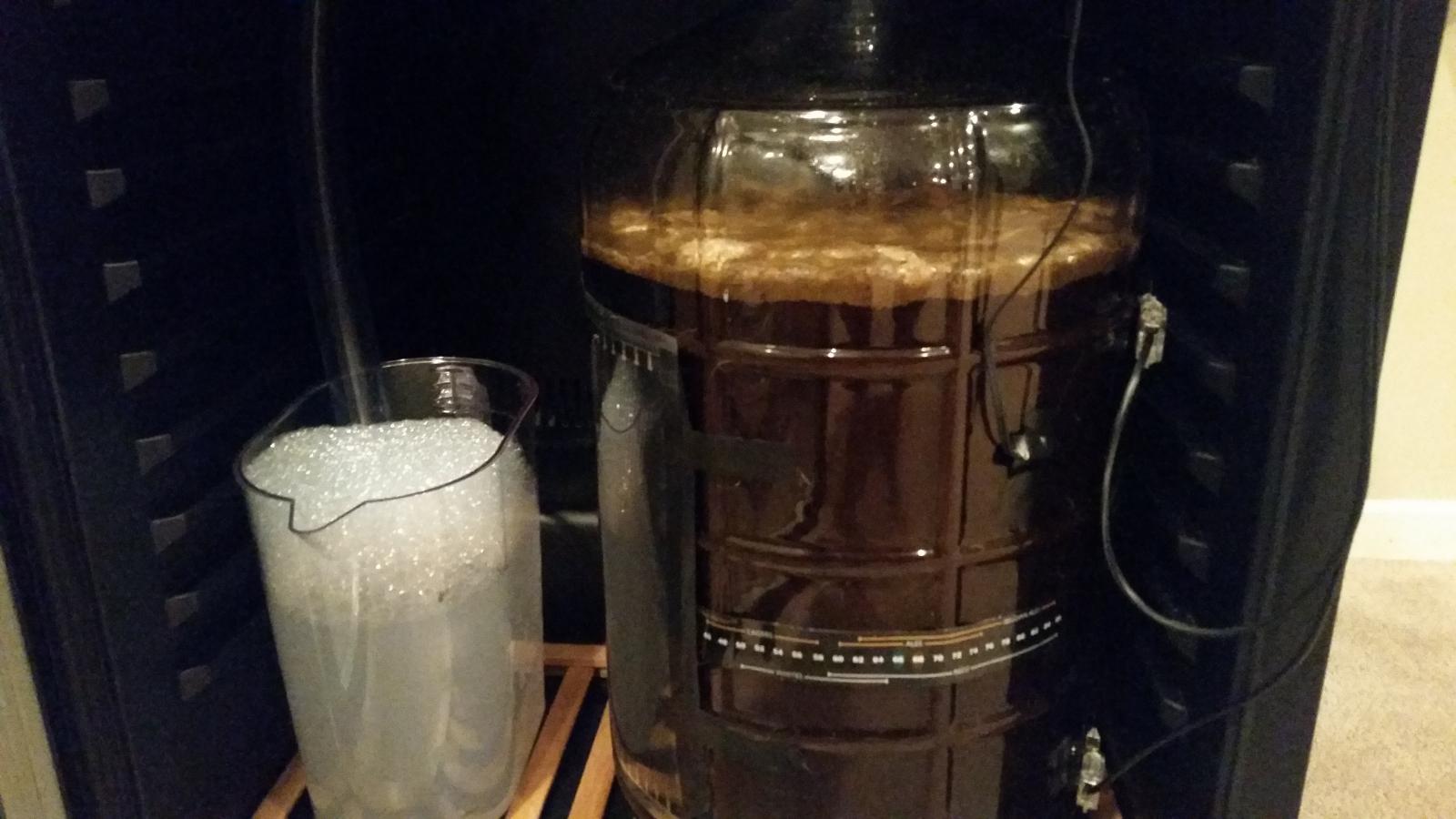Hello!
I'm going to be doing my first partial mash using NB's Buffalo Sweat clone kit. I plan on doing this tomorrow.
QUESTION for you guys:
I've attached the instruction sheet. I don't currently have any sort of mash tun other than my old 5 gallon pot in addition my to 10 gallon kettle. I plan on doing the boil in the 10 gallon kettle and the mash in the 5 gallon pot.
My question is - the instructions say to boil only 6.5 quarts for the mash, and then add more water after mash out for sparging. Do I have to do this? Or could I just mash using the full volume that I typically boil (usually 5.5 gallons)? Unsure how this would effect sugar extraction, but curious if this step was needed.
If I do have to do this mini mash with extra sparge water - do you guys recommend putting my oven to 156 and just leaving it in there for the hour of mashing? - if so how often should I be checking the temp to make sure stuff is going okay... or do I just leave it in there and hope for the best?
Any other general tips? I've attached the NB published instructions and I was basically planning on just listening to those unless someone gives me ways that are better/easier.
ALSO - I'm planning on just using plain old tap water. My water tastes good and I haven't had any issues with extract brewing. I understand that pH and ion concentrations can affect mash extraction. How big of a deal is this? Am I safe to do this kit to learn the process without understanding my water chemistries and having pH testing equipment etc?
Thanks!
View attachment PM-BuffaloSweatStout_Pro_TG.pdf
I'm going to be doing my first partial mash using NB's Buffalo Sweat clone kit. I plan on doing this tomorrow.
QUESTION for you guys:
I've attached the instruction sheet. I don't currently have any sort of mash tun other than my old 5 gallon pot in addition my to 10 gallon kettle. I plan on doing the boil in the 10 gallon kettle and the mash in the 5 gallon pot.
My question is - the instructions say to boil only 6.5 quarts for the mash, and then add more water after mash out for sparging. Do I have to do this? Or could I just mash using the full volume that I typically boil (usually 5.5 gallons)? Unsure how this would effect sugar extraction, but curious if this step was needed.
If I do have to do this mini mash with extra sparge water - do you guys recommend putting my oven to 156 and just leaving it in there for the hour of mashing? - if so how often should I be checking the temp to make sure stuff is going okay... or do I just leave it in there and hope for the best?
Any other general tips? I've attached the NB published instructions and I was basically planning on just listening to those unless someone gives me ways that are better/easier.
ALSO - I'm planning on just using plain old tap water. My water tastes good and I haven't had any issues with extract brewing. I understand that pH and ion concentrations can affect mash extraction. How big of a deal is this? Am I safe to do this kit to learn the process without understanding my water chemistries and having pH testing equipment etc?
Thanks!
View attachment PM-BuffaloSweatStout_Pro_TG.pdf







